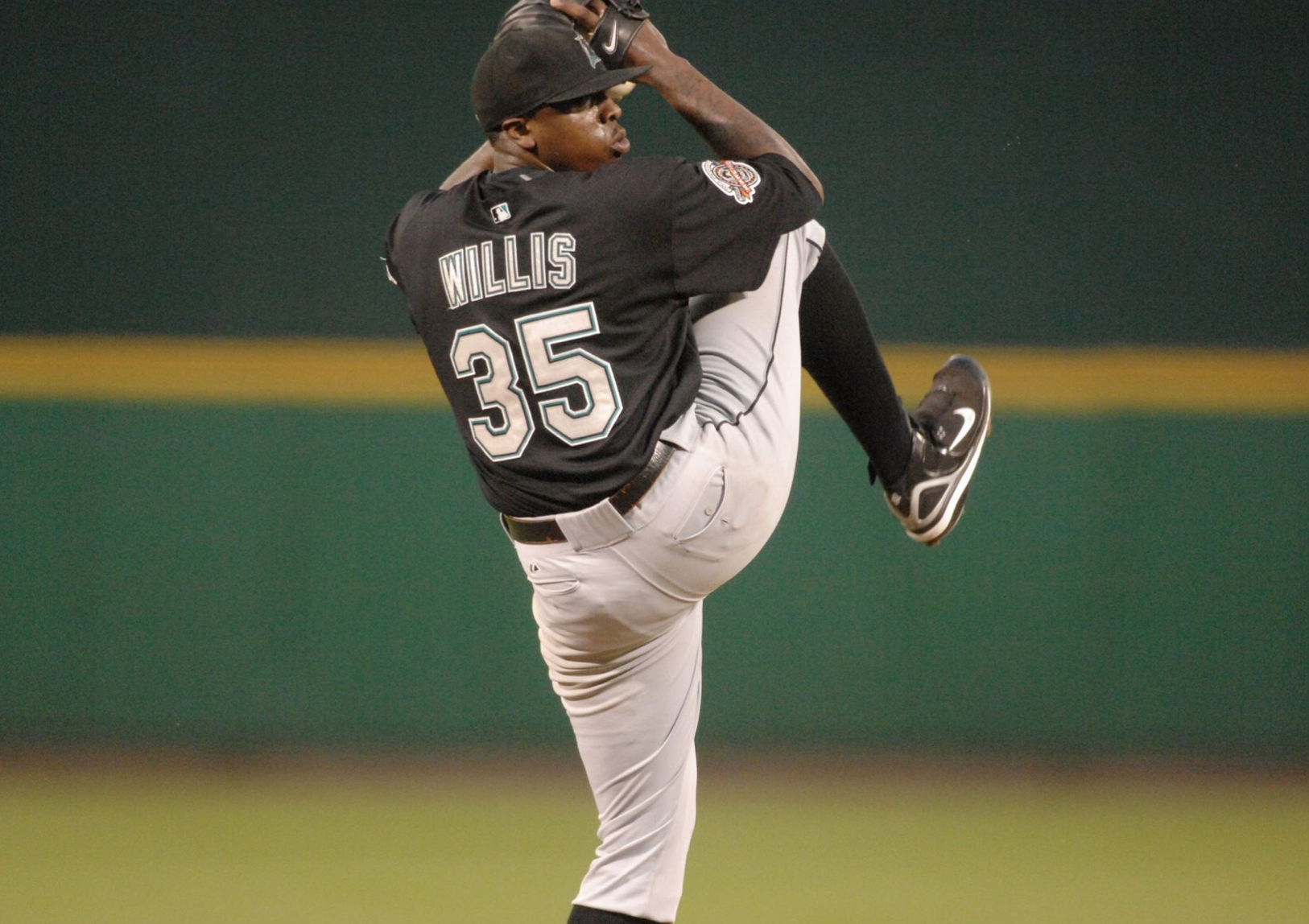Top 5 Baseball Rehab Pitfalls
The sport of baseball is already incredibly frustrating. Now, add in an injury and it could leave you going crazy. The rehab process can be an absolute grind! Our goal of this article is to outline some of the most common mistakes made in rehab (we learned the hard way for years) so you can avoid these in the future.
#1: Misdiagnosis of Injury
Unfortunately, this is far more common than it should be across baseball. If you start off a rehab process that is planned around an incorrect diagnosis, it is obviously going to decrease your chances of success. There are many reasons for this. First and most importantly: In real life, injuries very rarely present exactly how the text book tells you they are supposed to present. There is a TON of grey area, which isn’t the sexy answer, but it’s the truth. In addition, if a clinician does not have a large volume of experience with the injury or population, it makes coming to the correct diagnosis much more difficult. Lastly, depending on the level and resources of the athlete, they may not have access to a top level, PT, ATC, and Orthopedic Surgeon. For all of these reasons, we believe it is important to get multiple high level opinions if possible.
EXAMPLE: The most simplistic example is with the UCL of the elbow. If the function of the ligament is compromised to a large enough extent, it doesn’t matter how perfect your rehab process and throwing program is, it will likely be unsuccessful
#2: Rehab Plan Does Not Address Underlying Factors
With many injuries, if you give them enough time, they will get to a point where they calm down and symptoms improve. The problem arises when that “calmed down” process is confused for being ready to go. If the rehab plan (Medical staff, S&C, and on-field staff) does not address the underlying factors that led to the issue in the first place, it is likely only a matter of time before it rears it’s ugly head again. Whether the underlying factor is a mobility issue, a lack of strength, an insufficient base or chronic workload, or a mechanical issue, it needs to be addressed in the rehab process.
EXAMPLE: A great example here is with Biceps Tendonitis (SEE our last post with Ben Brewster on this). This is why Biceps Tendonitis can be an issue that commonly goes away and comes back time multiple times.
#3: Rehab Timeframe Does Not Match Biological Healing Timeframes
You cannot speed up biology. This should be simple but we are guilty of pressing the envelope and trying this too many times in the past. See the chart above for very general tissue healing timeframes. This one is pretty straight forward, but always tempting.
EXAMPLE: In the 6-7 Month timeframe after TJ, the athlete’s arm is usually feeling incredible, but the graft is not yet mature and is still relatively weak. This is why is is so important for us to monitor the workload and progression of stresses compared to the tissue healing time frame
#4: Tissue or Systems Not Stressed Enough Before Return to Competition
This goal of monitoring stresses, whether it be with throwing velocity, sprint speed, or some other metric is to make sure there is a consistent progression of stresses with minimal “spikes” AND to ensure that the athletes ability to tolerate stresses is high enough to move on the the next stage of rehab. This overly “careful” process can be very common in the vacuum of the the PT/ATC field that has not had a lot of interaction with S&C and coaching staffs. Being too passive during the rehab process actually sets up the athlete for failure on the return to competition side of things.
EXAMPLE: The pitcher who only gets up to 86 mph in bullpens, but the anticipated Live BP/Game Velo is mid 90’s is a very scary position to be in. By undershooting stresses in the bullpen progression, you are essentially manufacturing a HUGE workload/intensity spike when they start seeing hitters.
#5: Stresses Are Progressed Too Quickly
This is the classic “Well, I felt great, so I let it eat” which is usually followed by “no longer feeling great”. Of course tons of factors influence this. If there was hardly any downtime by the athlete, it’s likely they will be just fine. If an athlete was down 3 months and tries the same strategy, it’s not going to work. High level athletes are very susceptible to this one as pushing the limits is usually ingrained in their personality.
EXAMPLE: An athlete throwing well above their planned intensity in a long term rehab because they were feeling good can be a set back waiting to happen




